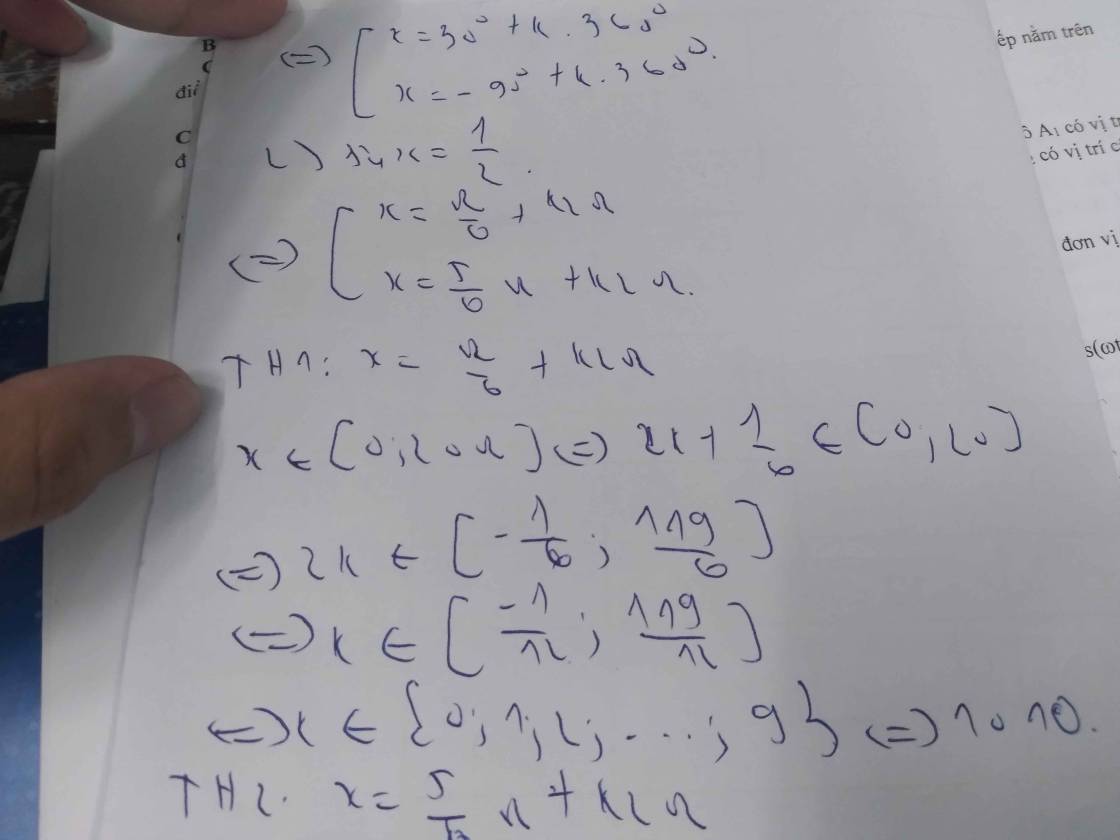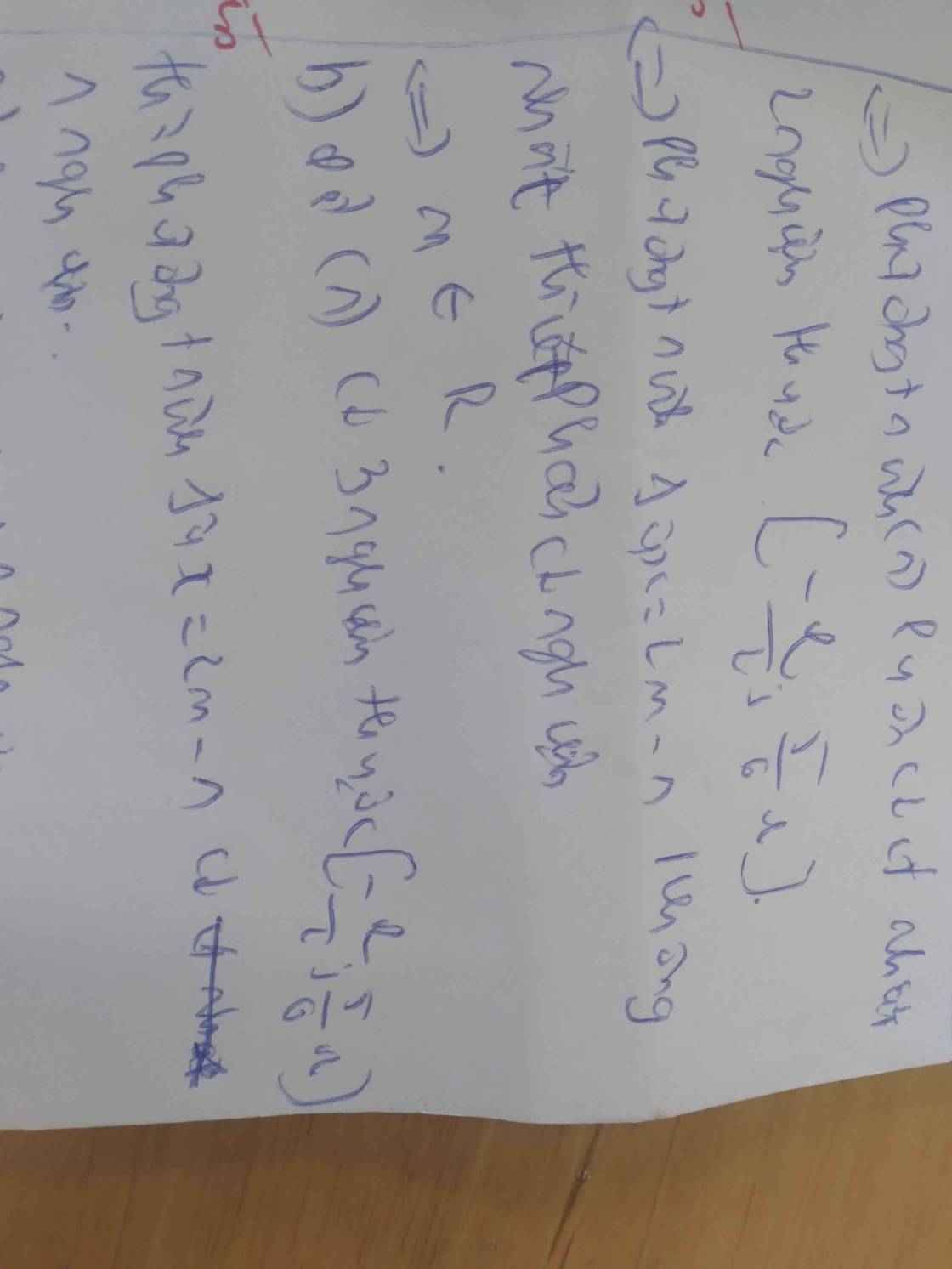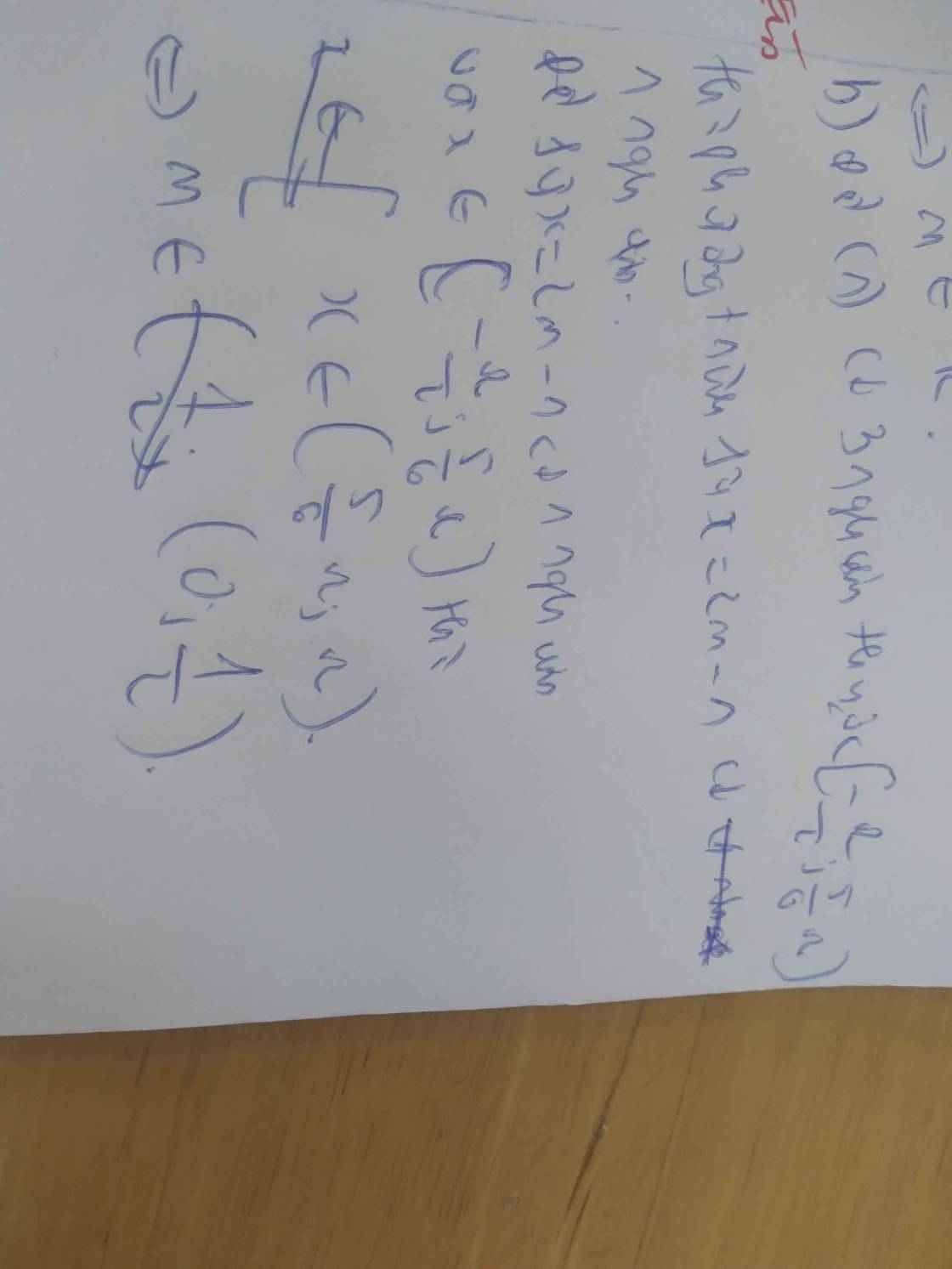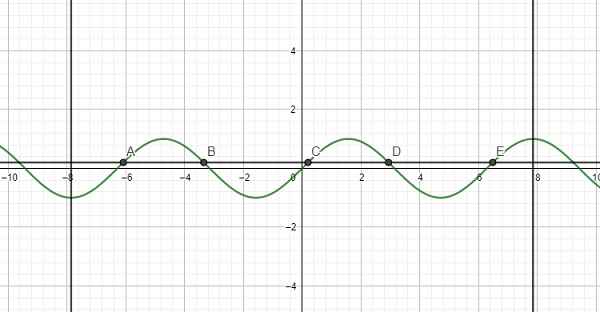c1. điều kiện của tham số thực m để phương trình sinx +(m+1)cosx=\(\sqrt{2}\) vô nghiệm là
c2. Hàm số y=sinx đồng biến trên khoảng nào sau đây?
A. \(\left(\dfrac{5\pi}{4},\dfrac{7\pi}{4}\right)\) B.\(\left(\dfrac{9\pi}{4},\dfrac{11\pi}{4}\right)\) C. \(\left(\dfrac{7\pi}{4},3\pi\right)\) D. \(\left(\dfrac{7\pi}{4},\dfrac{9\pi}{4}\right)\)
Giải thích rõ chi tiết cách lm giúp tui với nha, tự học nên mù mờ quá








C1: \(a.sinx+b.cosx=c\)
Pt vô nghiệm \(\Leftrightarrow a^2+b^2< c^2\)
Bạn áp dụng công thức trên sẽ tìm ra m
C2: (Bạn vẽ đường tròn lượng giác sẽ tìm được)
Hàm số \(y=sinx\) đồng biến trên khoảng \(\left(-\dfrac{\pi}{2}+k2\pi;\dfrac{\pi}{2}+k2\pi\right)\) ( góc phần tư thứ IV và I)
Hàm nghịch biến trên khoảng \(\left(\dfrac{\pi}{2}+k2\pi;\dfrac{3\pi}{2}+k2\pi\right)\)( góc phần tư thứ II và III)
Ý A, khoảng nằm trong góc phần tư thứ III và thứ IV => Hàm nghịch biến sau đó đồng biến
Ý B, khoảng nằm trong góc phần tư thứ I và thứ II => hàm đồng biến sau đó nghịch biến
Ý C, khoảng nằm trong góc phần tư thứ IV; I ; II => hàm đồng biền sau đó nghịch biến
Ý D, khoảng nằm trong phần tư thứ IV ; I=> hàm đồng biến
Đ/A: Ý D
(Toi nghĩ thế)
thank u